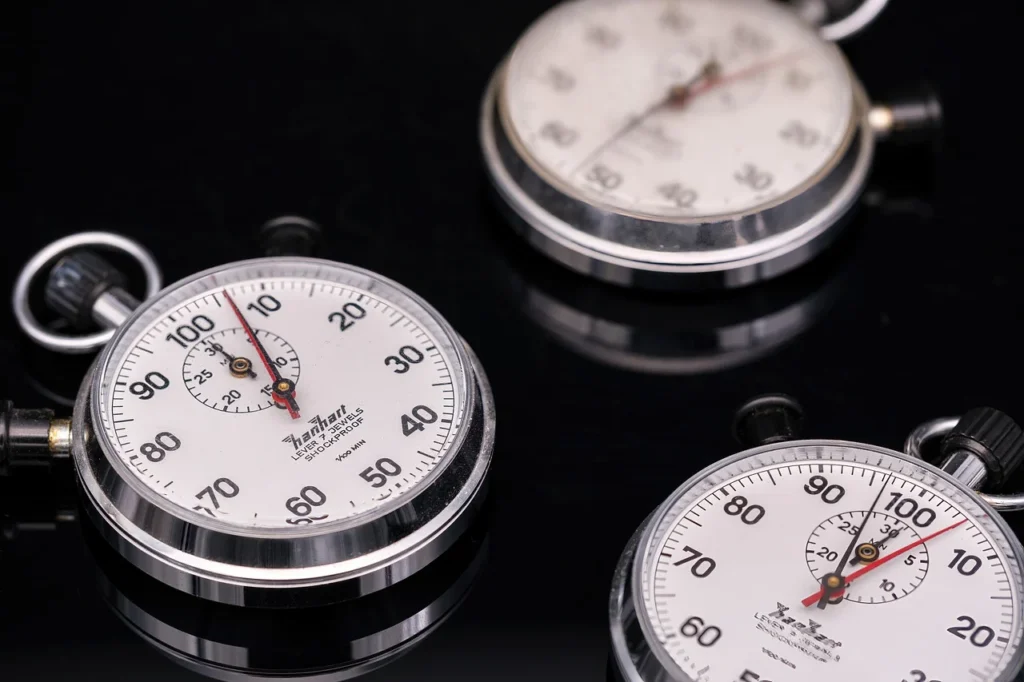Your reaction speed can reveal important details about how your body’s systems, especially your brain and nervous system, are functioning. As we grow older, our reaction times naturally decrease, and this change often starts becoming noticeable in our 30s. Scientists now believe that maintaining an average reaction speed is a good sign that your brain is still working properly. But reaction times reveal more than just how sharp your mind is—they also offer clues about heart health, your risk of falling, and even early signs of conditions like dementia.
Simon Cox, a brain and aging expert from the University of Edinburgh, emphasizes the importance of this connection. He explains that while some people naturally have faster reactions, a slowdown can indicate the effects of aging across various biological systems. According to Cox, “Reaction time reduction probably results from accumulated aging across several biological systems.”
Measuring Your Own Reaction Speed at Home
If you’re curious about your own reaction time, there’s a simple way to test it at home with the well-known ruler drop test. Here’s how to do it:
-
Sit at a table and place your arm flat on the surface, with your wrist hanging off the edge and fingers pointing upwards.
-
Have a friend or family member hold a standard ruler vertically, with the zero end level with your thumb.
-
Without warning, your partner drops the ruler, and you must try to catch it as quickly as possible.
-
The distance the ruler falls before you catch it will reflect how quickly your brain and body respond.
If you catch it within 7.5cm, that’s excellent; between 7.5–15.9cm is above average; 15.9–20.4cm is average. If you catch it at 20.4–28cm, that’s below average, and anything over 28cm indicates poor reaction time.
Studies have shown that a decline in reaction time is linked to a higher risk of age-related conditions and even premature death. This includes a higher risk of coronary disease, respiratory illnesses, and neurological decline. Slower reaction times also connect with mobility issues, the loss of independence, and the development of dementia.
Why It’s Important to Track Changes Over Time
While a single test can give you a snapshot of your reaction time, Cox cautions that it’s not enough to draw any big conclusions. Reaction speed can vary due to various factors like gender, genes, physical condition, habits, or even personality traits. The real value comes from tracking your reaction time over the years.
By comparing your results year after year, you can gain a clearer picture of whether your reaction speed is gradually slowing down. The process of reacting to stimuli involves a chain of actions: senses detect the stimulus, the brain processes it, and then muscles react. As we age, all of these elements—vision, hearing, nerves, and muscle fibers—decline at different rates.
The ruler test involves two key steps: noticing the ruler fall and then catching it in time. Studies show that the first part—the brain noticing the drop—remains sharp well into midlife. However, the second part—the physical response—slows down as we age due to the deterioration of muscle fibers and nerves. According to Alaa Ahmed, a professor at the University of Colorado Boulder, physical issues have a greater impact on reaction time than brain processing speed in older adults. This is because we lose fast-twitch muscle fibers and experience a decline in mitochondrial function, making quick movements harder and less efficient.
Aging and Reaction Time: What the Research Shows
At Loughborough University, Matthew Pain conducted studies on older adults and found that the brain’s ability to hear and send signals remains strong, even in advanced age. However, older adults still struggle with quick physical responses, such as launching out of sprinting blocks, despite having fast reaction times.
Some digital tools, like the Human Benchmark Reaction Time Test, can also assess how fast you can react. This tool prompts you to click a red box once it turns green. A significant drop in performance might indicate issues with your senses or slower decision-making abilities. Research has found that early visual decline, such as difficulty recognizing patterns, can signal future cognitive problems.
According to Cox, aging affects white matter in the brain, slowing communication between nerve fibers. After the brain makes the decision to react, signals must travel efficiently to the muscles to produce the physical response.
Boosting Your Reaction Time and Slowing Down Aging
The good news is that you can train yourself to improve or maintain your reaction speed as you age. Pain recommends dual-task training, which challenges both the brain and body simultaneously. Examples of dual-task training include walking while turning your head, balancing while talking, or tossing a ball while thinking. These activities help sharpen both the mental and physical aspects of reaction time.
Cox also suggests that staying active with age-friendly habits can improve reaction times. Playing sports, learning to play music, and doing puzzles all stimulate both the mind and the body. Fast-paced sports drills, in particular, are beneficial for enhancing reaction speed by forcing both the mind and muscles to work quickly.
“There’s evidence that staying mentally and socially engaged can help slow down complex cognitive decline,” Cox explains. Engaging in activities that promote mental stimulation, physical movement, and social interaction can preserve your reaction speed and overall brain health.
In conclusion, tracking your reaction time and taking proactive steps to maintain it is crucial for both your physical and cognitive well-being. By using simple tests like the ruler drop test and engaging in activities that challenge both your mind and body, you can ensure your brain and nervous system continue to function optimally as you age.


